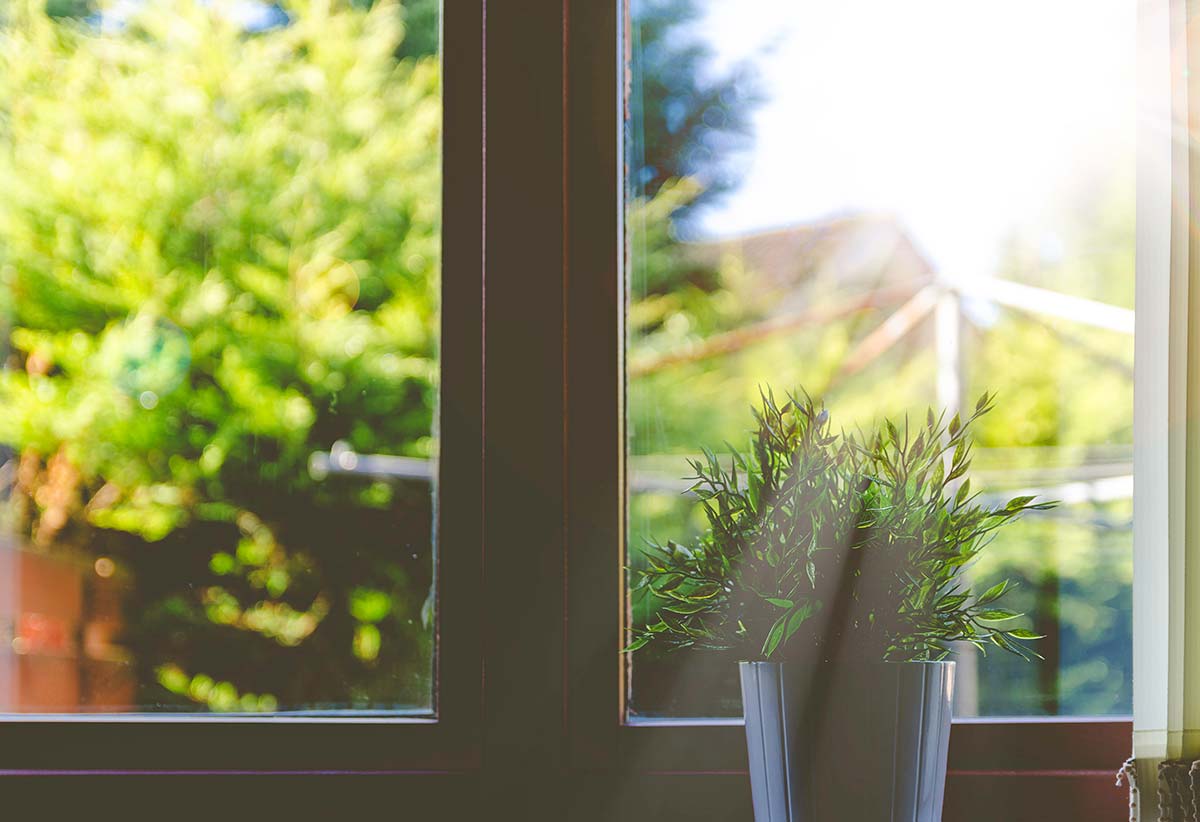
The age-old folk wisdom is true: Sunlight disinfects. Scientists from the University of Oregon, led by Ashkaan Fahimipour, a postdoctoral researcher at the Biology and the Built Environment (BioBE) Center, released a study last week that shows rooms with increased light exposure have fewer viable bacteria.
The BioBE Center is affiliated with the Institute for Health in the Built Environment and the School of Architecture & Environment in the College of Design.
According to the study published in the journal Microbiome, the team “constructed 11 identical built environment microcosms that simulated lighting, reflectance, temperature, and humidity conditions in a typical indoor room,” or miniature rooms with windows comparable in shape and material to those found in buildings. In these rooms, they used dust from Eugene homes to study the way light shapes the bacterial community indoors, or the indoor microbiome.
The study (“Daylight Exposure Modulates Bacterial Communities Associated with Household Dust”) concluded that only 6.8 percent of bacteria were able to reproduce in rooms with sunlight whereas in dark rooms the rate was nearly double at 12 percent.
“Until now, daylighting design has been primarily about visual comfort or circadian health, but now we can say daylighting influences air quality,” said Kevin Van Den Wymelenberg, co-director of the BioBE Center and co-author of the study.
Read more about the study in the NPR article “Grandma Was Right: Sunshine Helps Kill Germs Indoors,” the ABC News article “Letting sunlight in really can kill dark-loving bacteria, study shows,” and the Daily Mail article "Sunlight is the best disinfectant: Bacteria found in household dust is KILLED when rays of sunshine are allowed through an open window."
